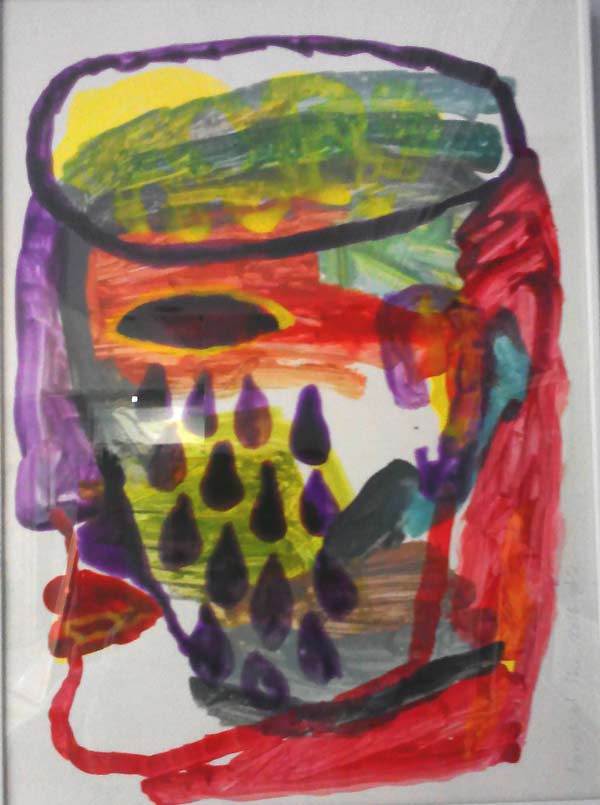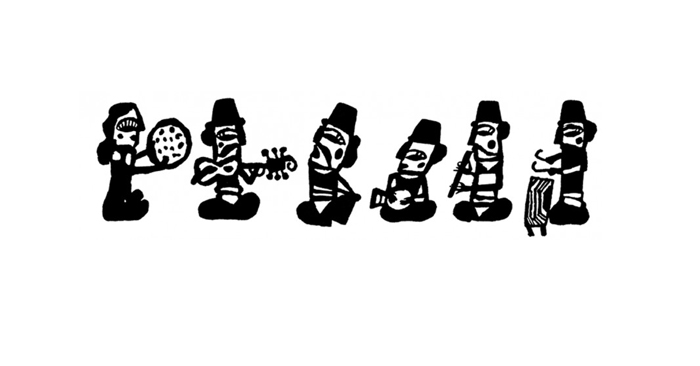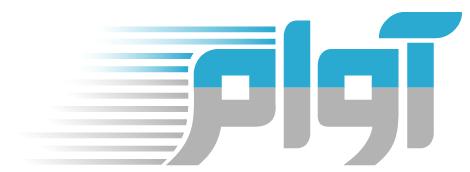Dialogue with Farshid Shafiee contemporary painter
translate by behrad sharifi
Farshid Shafiee (1968 Tehran) is an Iranian painter, illustrator and animator. His works has been exhibited in numerous local and international exhibitions and has won prizes in various fields of art. Shafiee has a BA in graphics from Azad University and MA in animation from Art University of Tehran. Hengameh Moa’meri says about artist, Shafiee’s fantasy and visual behavior, represents an important transition in Iran’s art from late modern to contemporary and his contribution in making cultural of his period cannot be ignored.
The truth is that it was expected that generation of seventies and eighties break more taboos than someone who was born and shaped before revolution. By putting whatever makes a painting aside Shafiee is trying to create another painting. He has proposed an understanding out of Art history’s context and classification, something along with his generation’s idealism and anarchy. The transition from concepts and art teachings, which was given in academies by teachers, is an engaging approach, which Shafiee is speaking of in this interview and talks about his artworks.
This interview was conducted in the office of Tandis’s website in the presence of Farshad Shafiee, Sahar Eftekhar Zadeh and Javid Ramezani.
Javid Ramezani- The fundamental question raised by artists in you last exhibition is that essentially what are these paintings and they are in which category? Do they influence by illustration and illustration’s workspace that you were engaged previously?
Farshid Shafiee- No these paintings are not coming from illustration. With these painting I was trying to break the coherence and continuity that exist in illustration. At a point in my artistic life I felt it is not necessary to be accountable for what I have learn in front of my teachers, It went so far that I’m not obliged to answer to myself. Four or five times a day I hate or fall in love with painting and that’s the reason I continue. In general I can say going beyond my own framework is far more important than the framework, which exist in other peoples mind. I think it is very sad that people ask me what are these paintings? A person who asks that question has not seen painting or artwork, maybe just a few exhibitions.
Most of the things that I paint, I have perceived in the process of life and have reached them and later I have seen them in books, indeed I have read and perceived many things but I paint what I understand.
Sahar Eftekharzadeh- All styles of art have a foundation and social origin, what is the context and foundation of your work? Where is its derivation in today’s art history?
Farshid Shafiee- Are you saying same thing as others? There is a painting style like Naïve Art, but what does it to do with you?
Sahar Eftekhar Zadeh- no, where is your cultural and social context of your work? What is your artwork’s background?
Farshad Shafiee- If you see my work process you will understand what is the origin of my work, indeed painters affect by different atmospheres to find their characters and after these effects I have found that I’ve got a rebellion character and I don’t like to do anything that is common, I have been the same in the family to, and my painting are also based on this rebellion characteristic.
Sahar Eftekhar Zadeh- Do you make a sketch of your works?
Farshid Shafiee- yes, basically I always make a sketch of my works, in my recent illustration “Zahhak” the sketchbook will be printed separately.
Sahar Eftekhar Zadeh- How about in painting? Do you make sketch there too?
Farshad Shafiee- Yes, I make sketch for my paintings too.
Sahar Eftekhar Zadeh- There is a much difference between your current exhibition and previous one and a simple and deliberately system is obvious in that, what is the reason? In second exhibition we see a kind of romantic emotions which, has not a expression in forms but in act and it doesn’t fit in your previous structure, is that correct?
Farshid Shafiee- It can be partially correct; I take away all the facilities that make an artist to look like an artist from my work for example, I started with texture, color and drawing. I know how to use a piece of choke to be suited for certain people or not. I exclude this from my work and make my own instrument. Or use brushes in a way that deprive me from these facilities and I make my work mechanical.
Sahar Eftekhar Zadeh- Do you escape from having template?
Farshid Shafiee- No I’m searching for a template and establish my own template. I try ton not remain subordinate to what I have learnt in the past. I put myself in a scary position where I have no facilities from past.
Sahar Eftekhar Zadeh- It has said that your work is childish and you do not use any prefiguration. Is that correct?
Farshad Shafiee- They can say whatever they want. I overpass what I have learnt through my eyes and ears and try to create something that still count as painting. Not necessarily good painting but it is still a painting.
Sahar Eftekhar Zadeh- In your opinion was this exhibition well received? Which age group is your audience?
Farshid Shafiee- most of audience are the two generations after myself and from what I have seen from younger generation is that they copy my works. At least fifteen artists from a generation younger than me are copying my work.
Sahar Eftekhar Zadeh- What are your forms refer to? What do these images say?
Farshid Shafiee- A part of my references are to form, for me the whole thing is like
pure and applied mathematics. I find buttons and for them I sew a coat and its then I understand the concept. Buttons are the clues and hidden meanings. If I succeed, I would say this is my distinctive language and impress my colleagues.
Shar Eftekhar Zadeh- The images we can see from you are divided, how do you justify this?
Farshad Shafiee- I think has not much of importance; they can be explained by codes. The first point is that my mind has seen whole image history. They can be not synchronized and they all have time code, and I think it’s possible that I draw something that has time code but specifically not be synchronic. I think about it that how our contemporary image can be? In this way I can be contemporary and reach something thing that I cant eliminate from my work, something that is relevant to myself. If I be correct in my own refining I will reach my own language, therefor this language will have time and place, it is time and language for today’s contemporary art.
Javid Ramezani- What is your next move? Your next exhibition will be in Tehran?
Farshad Shafiee- My next move is clear to me; I know that I will limit my work in illustration and I’ll focus my time and energy on painting. I’m going to have a group exhibition in New York, this group exhibition will be held with some of the known Iranian artist outside of Iran and names like Shirin Neshat and Nikzad Nojomi are in that list.









